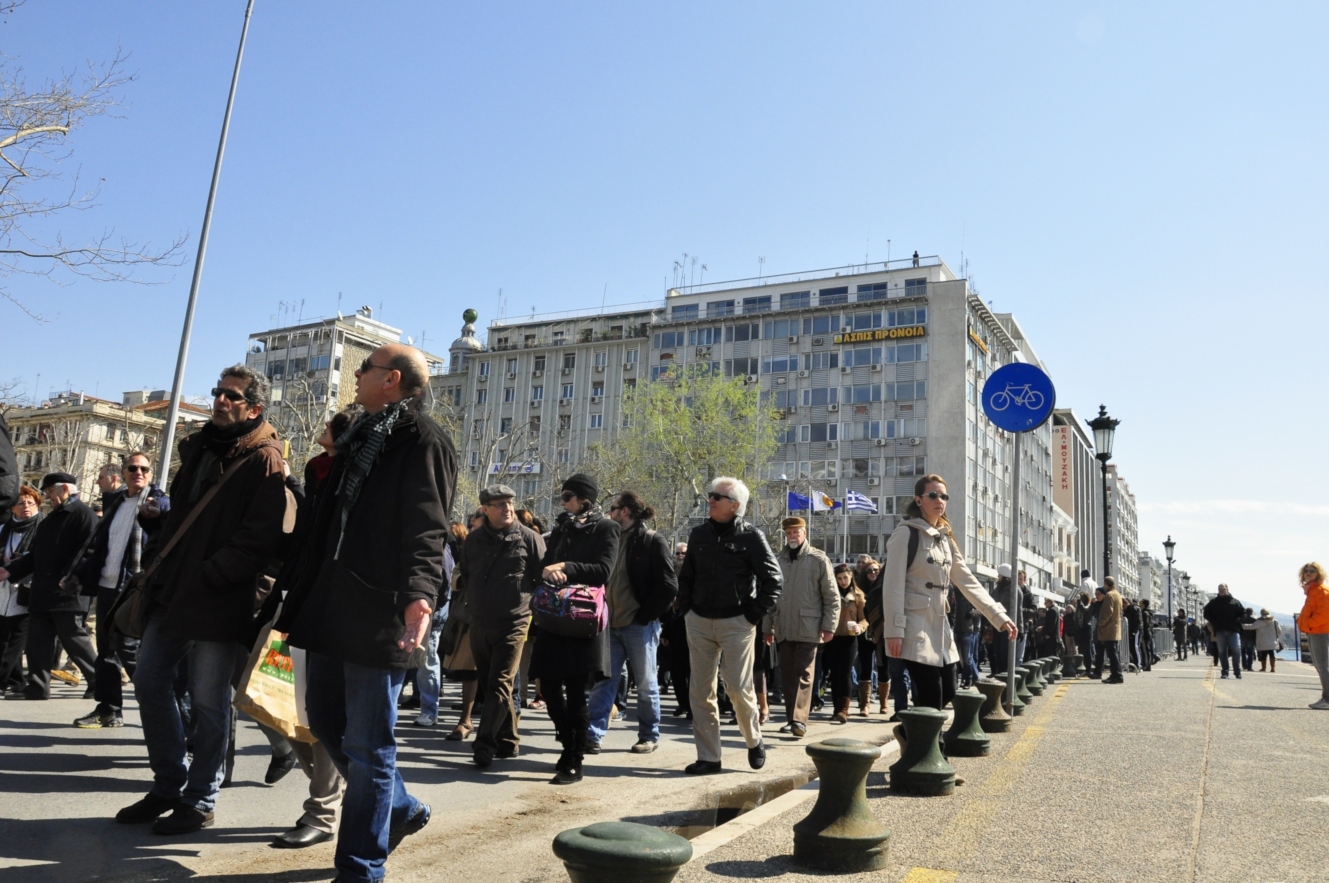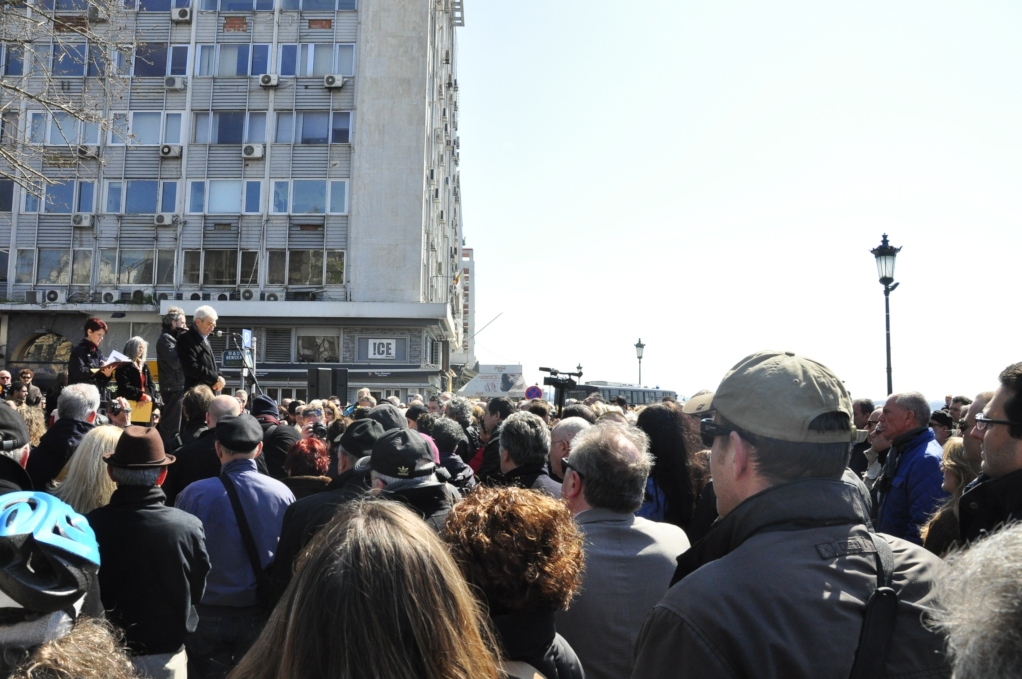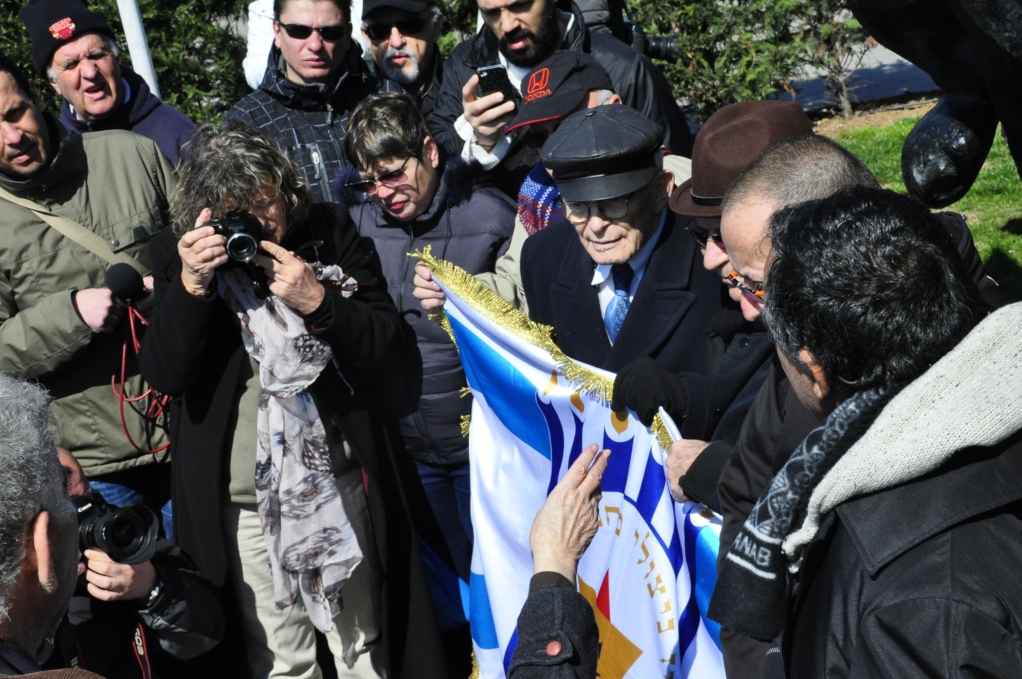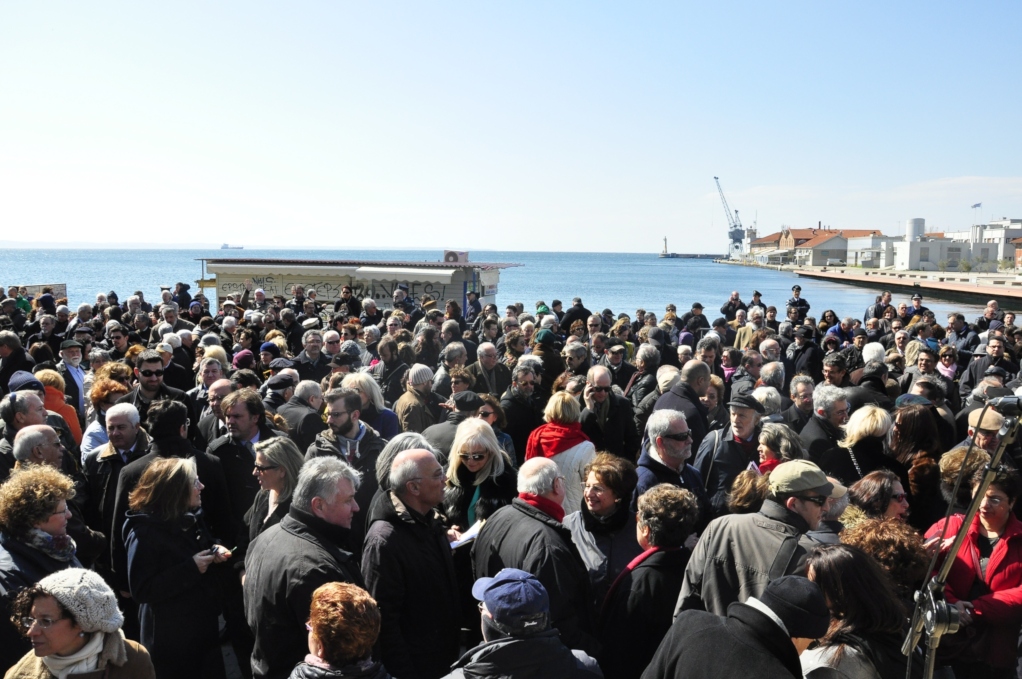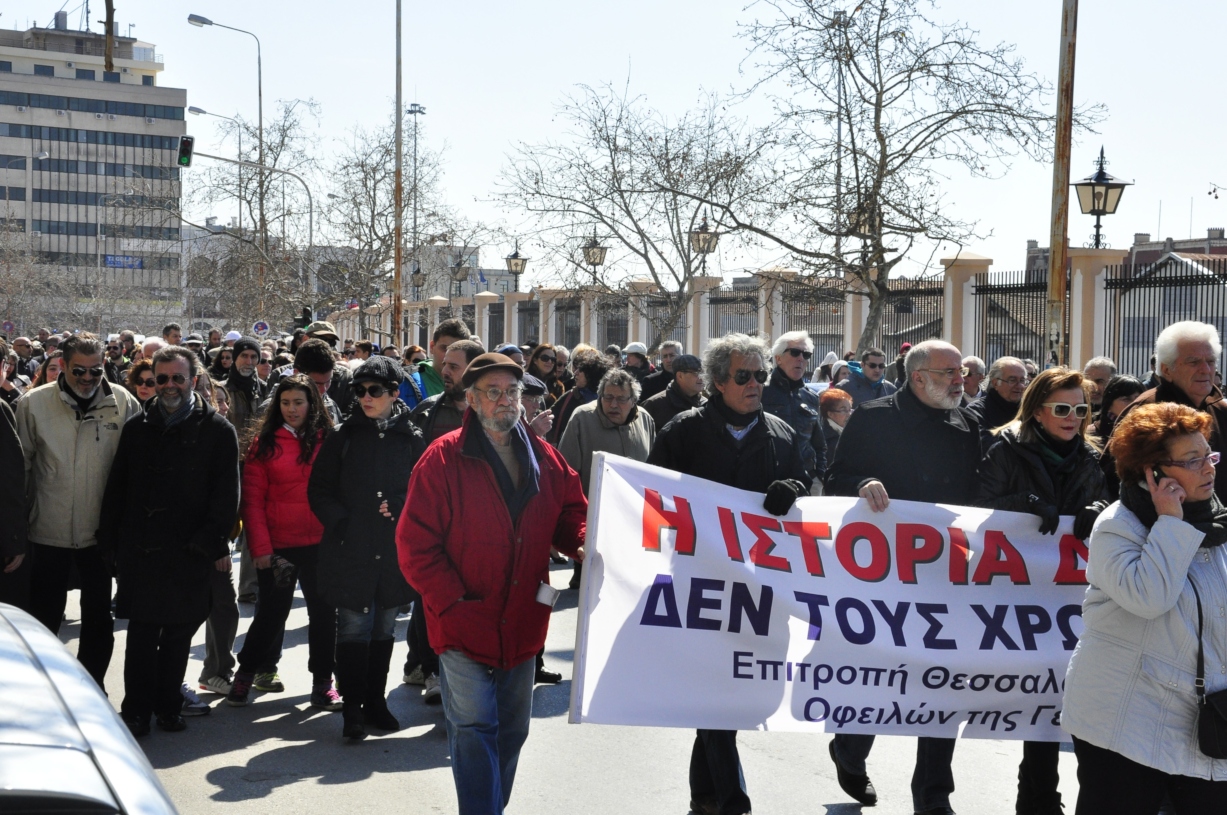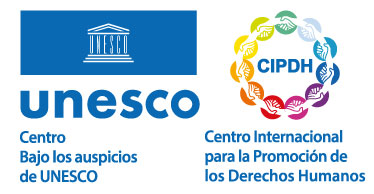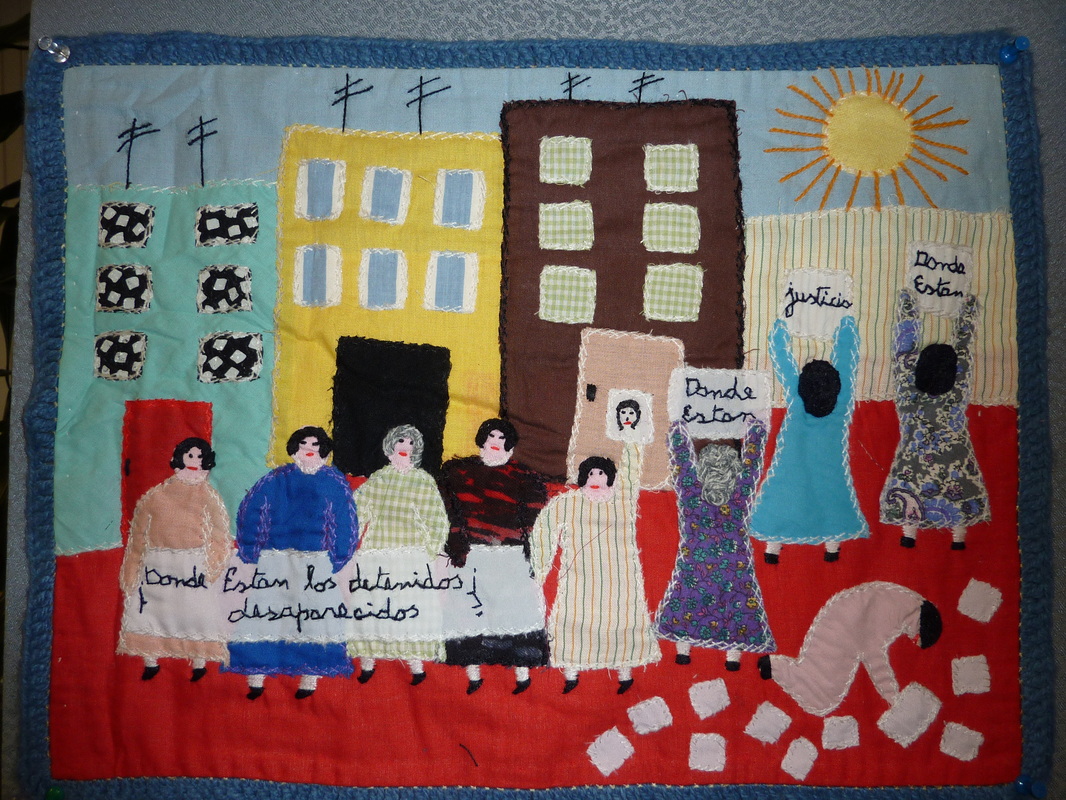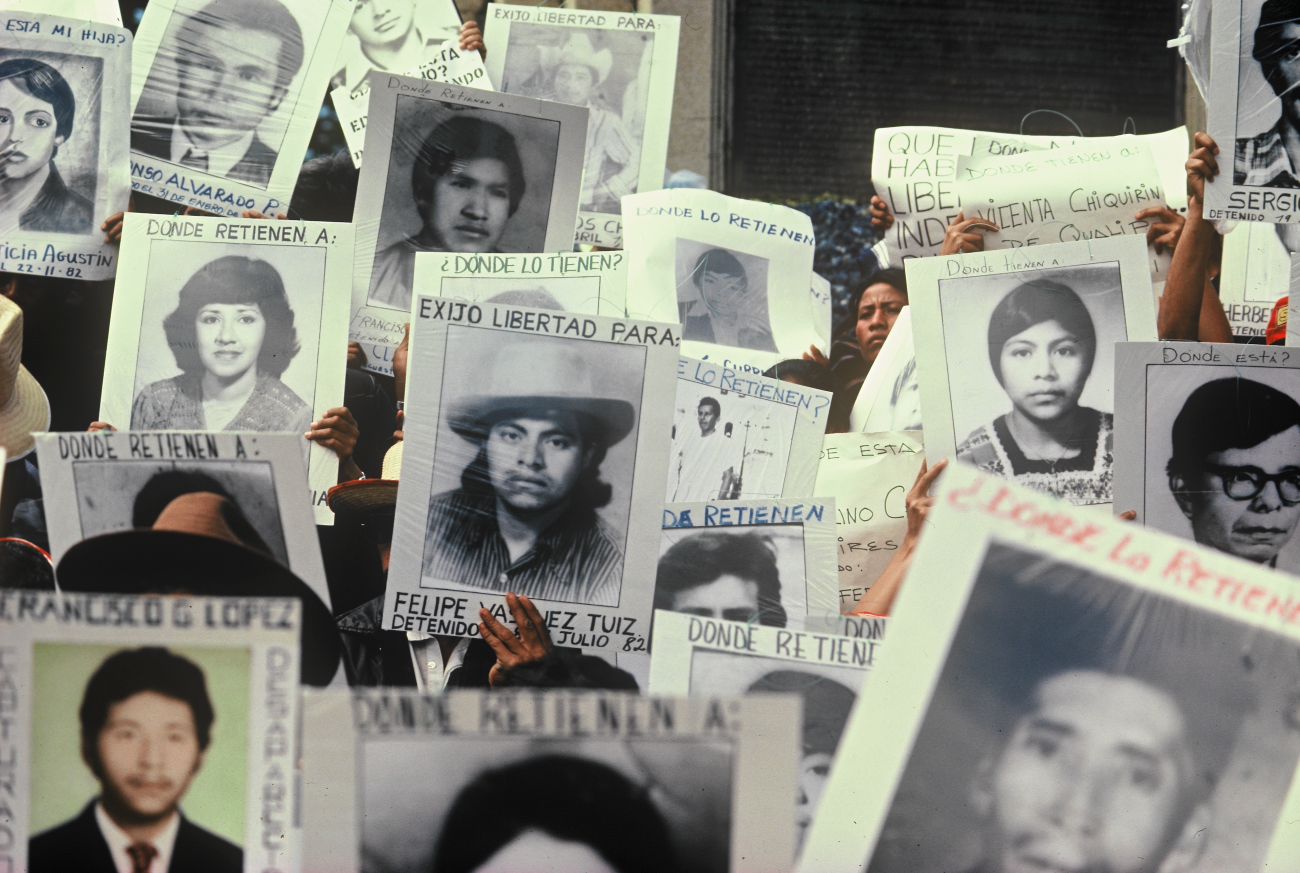March in Honor of Deported Jews
Intangible
Theme: Genocide and/or Mass Crimes

Address
Country
Greece
City
Thessaloniki
Continent
Europe
Theme: Genocide and/or Mass Crimes
Purpose of Memory
To honor the departure of the first convoy of Jews deported from Thessaloniki during the Second World War.
Known Designation
March in Honor of Deported Jews
Date of creation / identification / declaration
2013
Public Access
Free
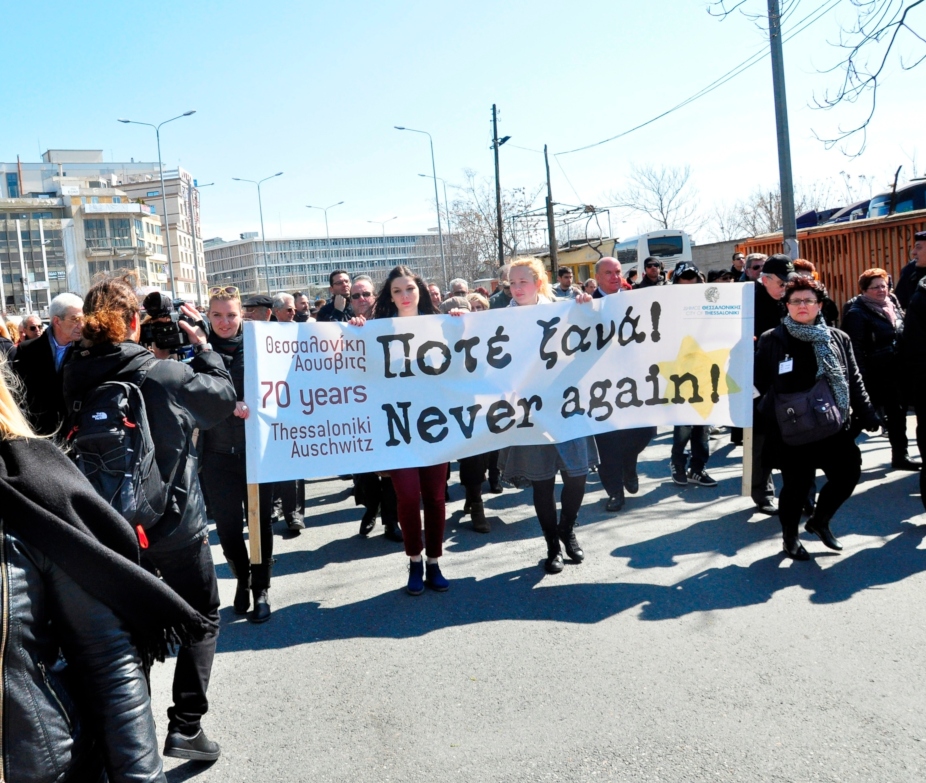
Location description
A silent march held every 15 March from the center of the city of Thessaloniki to the old train station to honor the Jews deported to the Auschwitz-Birkenau concentration and extermination camp. Speeches are given at the Freedom Plaza where there is a commemorative sculpture of the Holocaust.
Greek occupation by the Axis forces during the Second World War began on April 1941 and lasted until October 1944. After conquering the city of Thessaloniki, the Nazis arrested the Jewish community leaders, seized houses and closed newspapers. They also stole the art collections of the Jewish community.
On 11 July 1942, 9,000 male Jews were forced to gather at the Freedom Plaza where they were publicly humiliated. Close to 2,000 were sent to do forced labor for the German army. At the beginning of 1943, Jews were confined to a ghetto near the train station, as a stage before deportation. Between March and August 1943, about 44,000 Jews arrived to the Auschwitz-Birkenau concentration and extermination camp from Thessaloniki; most of them were immediately murdered in the gas chambers.
About 80% of Greek Jews were murdered during the Second World War.
Resistance against the Nazis was only recognized in Greece as of the 1981 elections, won for the first time by the Socialist Party. However, the aftermath of the civil war (1946-1949) greatly hampered the recognition of the Jewish genocide until the 1990s. People in academia were the first ones to address the recent history of Jews, which was later included in the school curriculum. In 2007, middle school history books dedicated a chapter to the Jewish genocide for the first time.
The Jewish community of Thessaloniki had already began to mobilize to honor the Jews deported from Greece. The first book about the genocide of Greek Jews titled In Memoriam was published by two researchers of the Thessaloniki Jewish community in 1974.
In 1997, after long debates, municipal authorities decided to erect a monument in memory of the deported Thessaloniki Jews.
In 2010, as a result of the economic crisis and the appearance of neo-Nazi groups in Greece, the most significant initiatives were resumed in local political circles. Yiannis Boutaris, elected Mayor of Thessaloniki in 2010, decided to include the Jewish and Muslim memory to the commemorative heritage of the city. Thus, on 15 March 2013, the municipality commemorated the 70th anniversary of the departure of the first convoy of Jews deported to the Auschwitz-Birkenau concentration and extermination camp. A great number of people took part in the march held from the center of the city to the old train station. The ceremony finished in Auschwitz, where the Mayor and other representatives of the city honored the memory of their 46,000 deported fellow citizens. This march has been held every year along with other protests. In 2017, the first stone of the Holocaust Museum of Greece in Thessaloniki was placed nearby the old train station.
